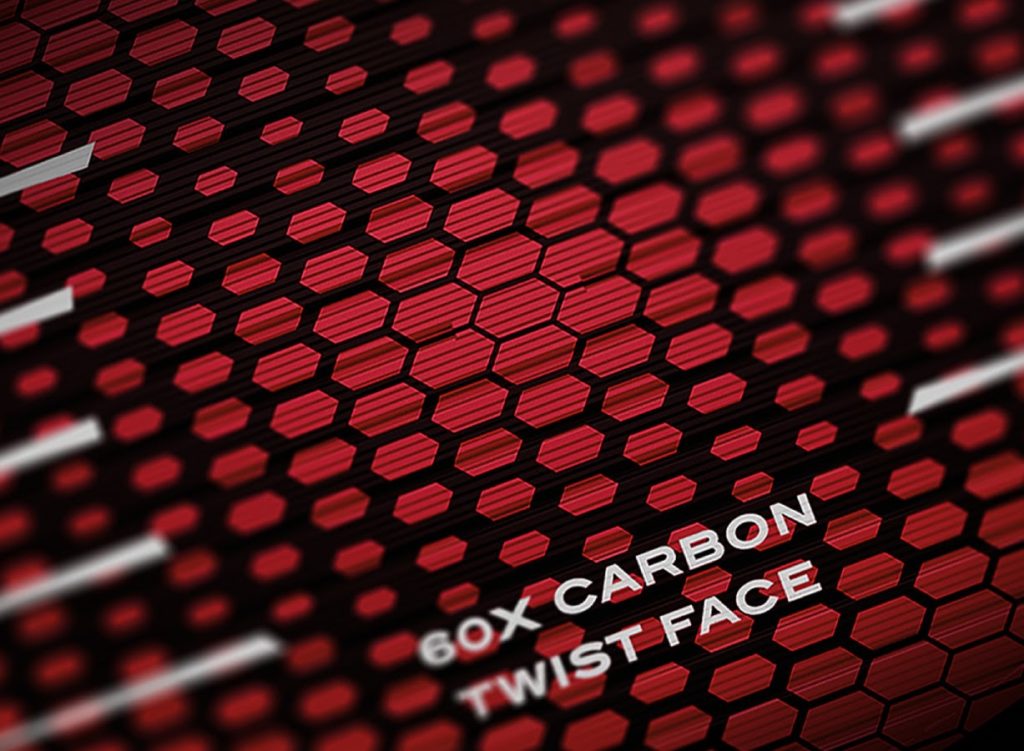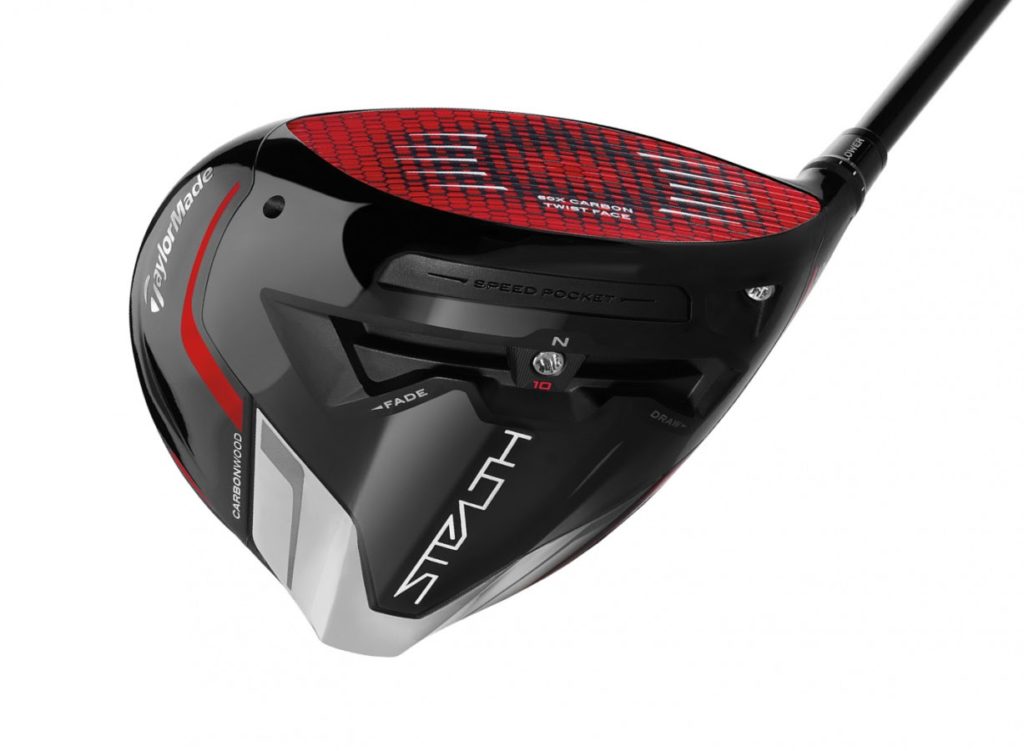New TaylorMade Carbonwood Technology: EXPLAINED
The company that first brought metal woods to the golf industry, has once again made a splash. TaylorMade has expanded upon its reputation for innovation with the creation of its newest “Carbonwood” technology.
What is this technology? How does it work? These questions and more are answered below.

What is Carbonwood Technology?
Carbonwood technology is TaylorMade’s name for their new “60X Carbon Twist Face” design. Currently, most companies use titanium for the face of golf clubs. The primary reasons are delved into with THIS article, but the basic justifications are that titanium is highly durable, lightweight, strong, and ductile. Until now, carbon fiber and composites have been relinquished to merely being used in shafts, crowns, and frames.

TaylorMade is looking to revolutionize the industry by producing a carbon fiber face. Their “60x Carbon Twist Face” is created by layering 60 layers of carbon fiber together and encasing this face in a polyurethane cover.
What are the Benefits of Carbonwood Technology?
Carbon fiber also called graphite fiber is a composite material. This means that carbon fiber is a “composition” or product of combining two or more materials together. TaylorMade’s Carbonwood technology utilizes carbon fibers combined using a matrix. This matrix can be thought of as the glue that holds the fibers together and is almost certainly some type of resin. Composites are unique because they can have properties impossible to replicate with a single material.
The strength and other properties of composites are harder to quantify than typical metals. Carbon fiber is stronger in certain directions than it is in others. The weight, strength, and characteristics can be easily manipulated during the design process. However, as a general rule, carbon fiber is stronger, stiffer, and lighter than steel or titanium.
TaylorMade confirms these benefits with their claims that “the all-new 60X Carbon Twist Face is 40% lighter than an equivalent titanium face, while also being 11% larger than SIM2 and SIM2 Max drivers and nearly 20% larger than the 2020 SIM driver.”
How Durable is Carbonwood Technology?
This is the big question. TaylorMade is claiming that their new face technology will hold up better than a standard titanium face. However, anyone who has ever shattered a graphite shaft or broken a carbon crown can attest that carbon fiber is far from indestructible.

Titanium has long been a staple in the golf industry because of its high fatigue limit. Under a certain limit of load or impact, titanium does not exhibit fatigue. In theory, this means a properly designed titanium face will not slowly degrade over time. Carbon fiber is more complicated. This material is known to suffer fatigue failures predominately in three major ways; matrix cracking, delamination, and fibers breakage.
Carbon fiber can have a long lifespan. After all, if it quickly degraded, it would never be used for golf shafts. However, cracking or other fatigue failures can occur deep within the layers. This may mean a problem will not be visible from the outside. Impacts with hard materials like rocks, concrete, or metal also increase the chances of breakage. The material is not glass, but it is not invincible either.
These properties of carbon fiber are potentially why TaylorMade has covered the face in a polyurethane cover. This cover includes a nanotexture that provides better friction characteristics against a golf ball, while also providing some protection for the clubface. It is important to note that polyurethane is susceptible to scratches and abrasion.
Is Carbonwood Technology the Future of Golf?
TaylorMade has a history of propelling the industry forward. By all accounts, TaylorMade is confident in its newest Carbonwood technology. This will be the direction of the brand for the foreseeable future. However, this technology is also brand new and will take time to become a staple.

